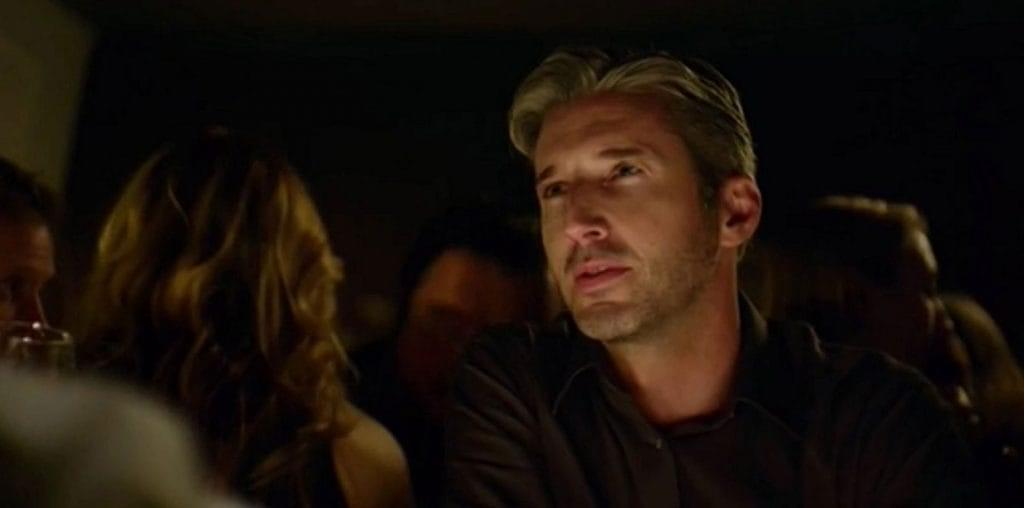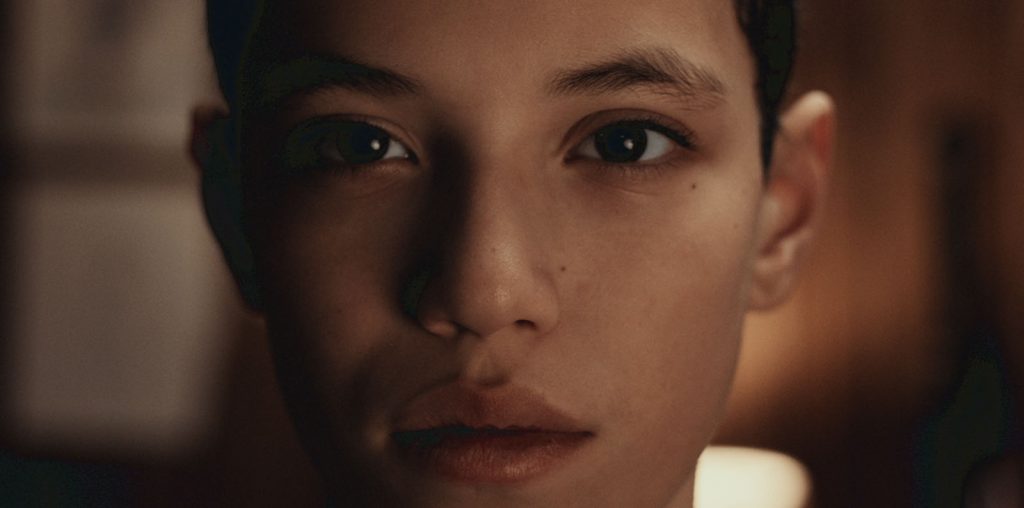
Lately, Vampire movies have been all about blood, gore, and action. Most independent filmmakers, if they choose to tackle horror, usually go with zombies or slashers. Vampires are reserved for the poetic artists, the gothic, and old films where instead of monsters, vampires were dashingly handsome and seductive creatures who ruled the night with their magical powers… Well, Denice Duff has brought all of that old-fashioned vampirism back, and what’s more, it’s an independent feature she’s created. Utilizing untapped resources and under-exploited elements of the traditional vampire story, Duff makes her directorial debut with flair and style.
When the love of Jonathan’s life dies at the hands of her jealous husband, (and in Jonathan’s arms) he plunges into utter despair. Only with the treacherous help of a voodoo priestess does Jonathan have a chance at finding his love again. To sleep for a hundred years and then to reawaken is the only way that the two lovers can be brought back together again…
However, when Jonathan wakes up, in our present time, he happens to be a vampire. Lurking through the streets, drinking blood, he searches and searches for his true love- and he finds her.
A romantic and beautiful film, as well as a good ghost story for a dark night, Vampire Resurrection is a hauntingly gothic fairy tale of revenge, love, betrayal, and the undead. In the tradition of the “Hammer Dracula” films of the sixties and seventies, Denice Duff’s directorial debut is a pleasant retreat from the gory, violent, and crude horror films of late. Bringing a sophistication and femininity to the screen that is rarely evident in the horror genre, Duff has a filmmaking style that is both flamboyant and poetic. By emphasizing the romantic ideals of the vampire legend and utilizing character development to the fullest extent, Duff shows us that horror can be just as much of an art as any genre of film.
Duff herself plays the lead, Caroline, as well as the lost love of long ago named Victoria. Duff is a good actress. Experienced on the screen, it isn’t difficult for her to carry the role with a high degree of professionalism and strength. James Horan is her charismatic co-star as Jonathan. Instead of the vicious vampires we’ve come to expect from Hollywood films lately, Horan plays his vampire as suave, sophisticated, and dreamy; like Bela Lugosi or Christopher Lee. He is very much a romantic figure, straight out of Byron or Shelley with his affected speech and supernatural demeanor. Frank Bruyenbroek is the violent and enraged ex husband of Caroline, who will stop at nothing to keep her and Jonathan apart. Providing some comic relief are Julie Michaels as Caroline’s secretary and Marilyn O’Connor as Aunt Zerelda. Geoffrey Lewis steals the show as the disgruntled morgue attendant who can’t believe his eyes.
The intriguing images that make this film so fun to watch are Duff’s graveyard shots with billowing smoke, the colors and lighting (reminiscent of Argento’s “Susipiria”) and the unmistakable female influence on all of the cinematography. The camera’s movements highlight emotions. The character’s personalities are enhanced by the way they are framed within the shots and in relation to the other characters around them. Vampires are used as a passionate allegory for the emotions and suffering that separation between lovers can bring, and the fight to keep that love is represented by the differences between us humans and our ghoulish counterparts.
The best thing about this movie is getting to see Denice Duff do a deathlike goth dance among headstones and smoke, silhouetted against the set of “Vampire Resurrection” that her imagination and talent has transformed into macabre shadows and striking moonlight. I haven’t seen anything that cool since Elvira showed us “Daughters of Satan” on her show “Movie Macabre” back in the early 80’s….

